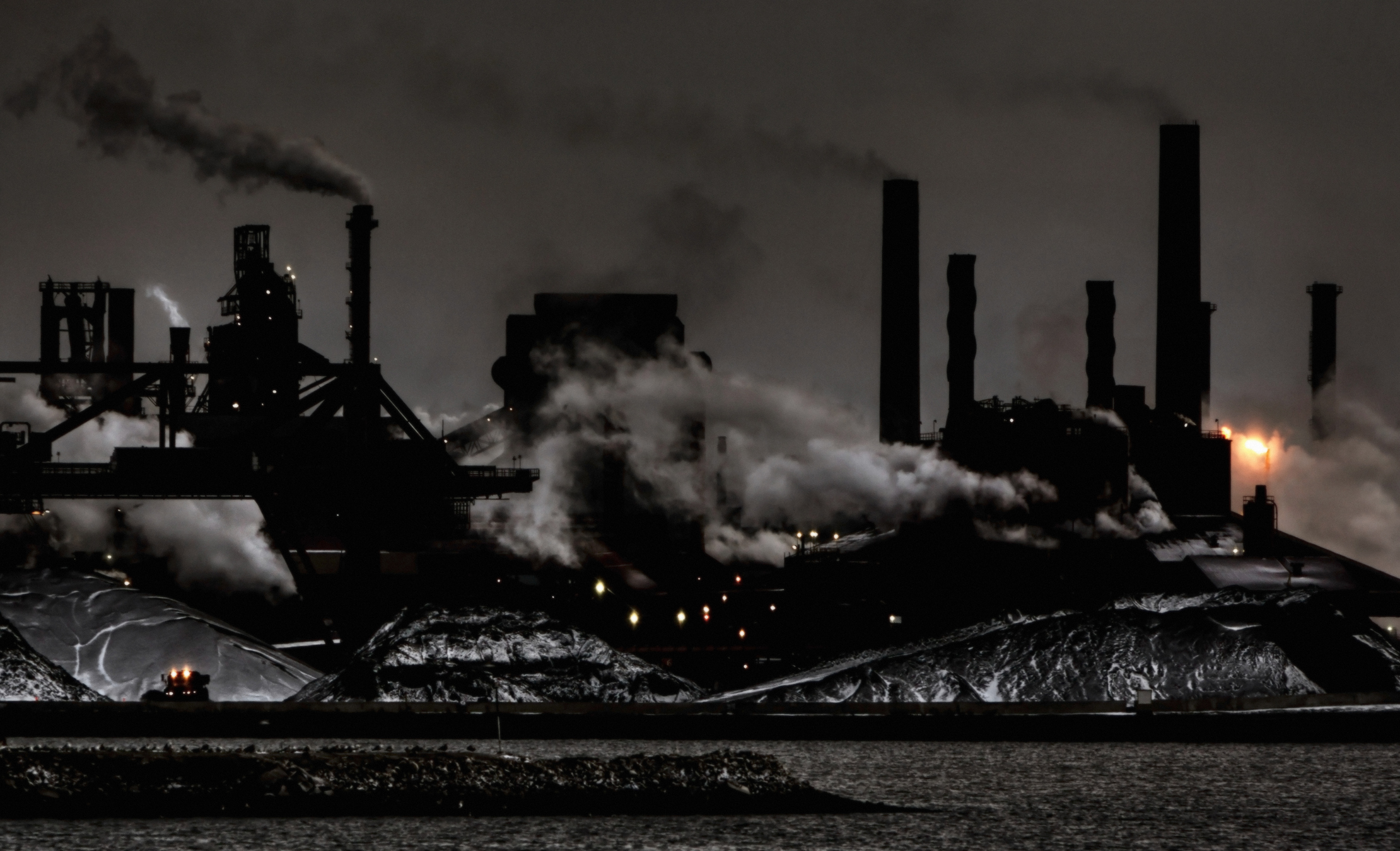
Air pollution poses a major threat to public health, having been associated with higher rates of heart disease, stroke, and respiratory illness. Now, new research also links it to worse outcomes of COVID-19.
In a study published May 24 in the Canadian Medical Association Journal, researchers looked at data from about 151,000 Canadians who tested positive for COVID-19 in Ontario and calculated their exposure to air pollution by looking at their addresses for the five years before the pandemic and assessing the air pollution in that area. It’s an imperfect metric, the study authors acknowledge; individuals’ pollutant exposure differs even within the same region, since people’s activities and travel vary. But people who had a residential address in areas with high levels of common air pollutants were more likely to have severe COVID-19 outcomes, including hospitalization, ICU admission, and death.
The strongest associations were for ground-level ozone, which is gaseous pollution created in a reaction between pollutants in sun and air. People who lived in places with high levels were more likely to be hospitalized, admitted to the ICU, and even die after a COVID-19 diagnosis compared to people who lived in places with lower levels, the researchers found. Higher levels of fine particulate matter, which are tiny particles that can penetrate the lungs and enter the bloodstream, were also linked to a higher risk of hospitalization and ICU admission.
However, these pollutants are likely not the only ones that can influence disease outcomes, the authors noted. Air pollution is a mix of hundreds of interacting gasses and particles, many of which are thought to affect people’s cardiovascular and pulmonary systems.
The impact is probably even more dramatic elsewhere. Canada is routinely ranked as one of the countries with the best air quality and has some of the most stringent air pollution restrictions anywhere in the world. Still, “Research over the past several decades [shows] that there is no identified threshold of air pollution level under which adverse health effects from air pollution are absent,” said co-authors Chen Chen, a postdoctoral fellow at University of California San Diego, and Hong Chen, a research scientist for Health Canada, in an email. “This study enforces the idea that air pollution is pervasive and a silent killer.”
The study was observational and therefore unable to establish a cause-and-effect relationship. But air pollution could make people more vulnerable to COVID-19 in a number of ways, the researchers hypothesize. For instance, air pollution might increase people’s viral loads by limiting the lungs’ immune responses and anti-microbial activities, the study authors say. It may also increase chronic inflammation in the body and trigger the over-expression of a key enzyme receptor that SARS-CoV-2 uses to enter cells.
Since the start of the pandemic, evidence has mounted to show that air pollution makes COVID-19 worse, says Francesca Dominici, professor of biostatistics, population, and data science at Harvard University, who was not involved in the current study but was one of the first researchers to identify a relationship between pollution and COVID-19. Dominici, who is currently working on a review of the literature, said that she’s identified about 150 papers from around the world showing that exposure to air pollution drives more infections and more severe illness.
Air pollution does not pose an equal threat to everyone, however. In North America, studies have repeatedly shown that people with lower socio-economic statuses and people of color are more likely to be exposed to air pollution—and suffer worse health outcomes from it—than white people and those with more financial security. In part, this is because they are more likely to live or work in areas polluted by vehicles and construction, two major sources of air pollutants. Over time, disparities have become more extreme as industries have moved to places where local communities don’t have the resources to pursue litigation against polluters, says Dominici.
Besides buying air purifiers and filters, which can help reduce an individual’s pollutant exposure somewhat but are often prohibitively expensive, Dominici says, the most effective intervention would be for governments to set stricter standards for emissions. Fine particulate matter, specifically, has been most consistently linked to health harms and needs tighter regulation, she says. “Considering that, unfortunately, it seems we’re going to live with COVID for a very long time, this should be another really important piece of evidence to support implementing stringent regulation for fine particulate matter.”
Improving air quality is essential, say Chen and Chen, because the interaction with COVID-19 may be the “tip of the iceberg” of how air pollution negatively affects human health. “There is a need to continue improving air quality to mitigate air health effects, before they become overwhelming and irreversible.”
More Must-Reads from TIME
- Why Biden Dropped Out
- Ukraine’s Plan to Survive Trump
- The Rise of a New Kind of Parenting Guru
- The Chaos and Commotion of the RNC in Photos
- Why We All Have a Stake in Twisters’ Success
- 8 Eating Habits That Actually Improve Your Sleep
- Welcome to the Noah Lyles Olympics
- Get Our Paris Olympics Newsletter in Your Inbox
Contact us at letters@time.com